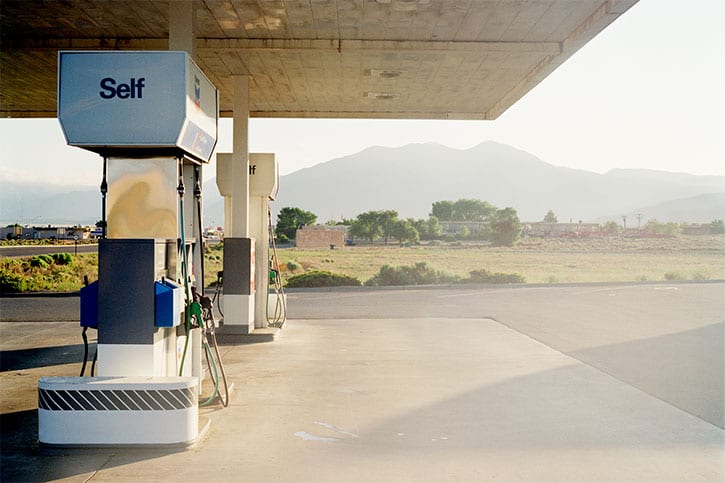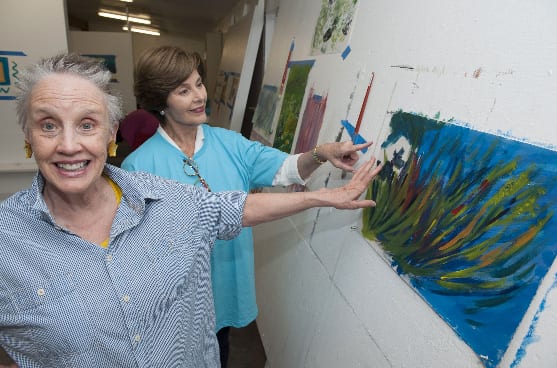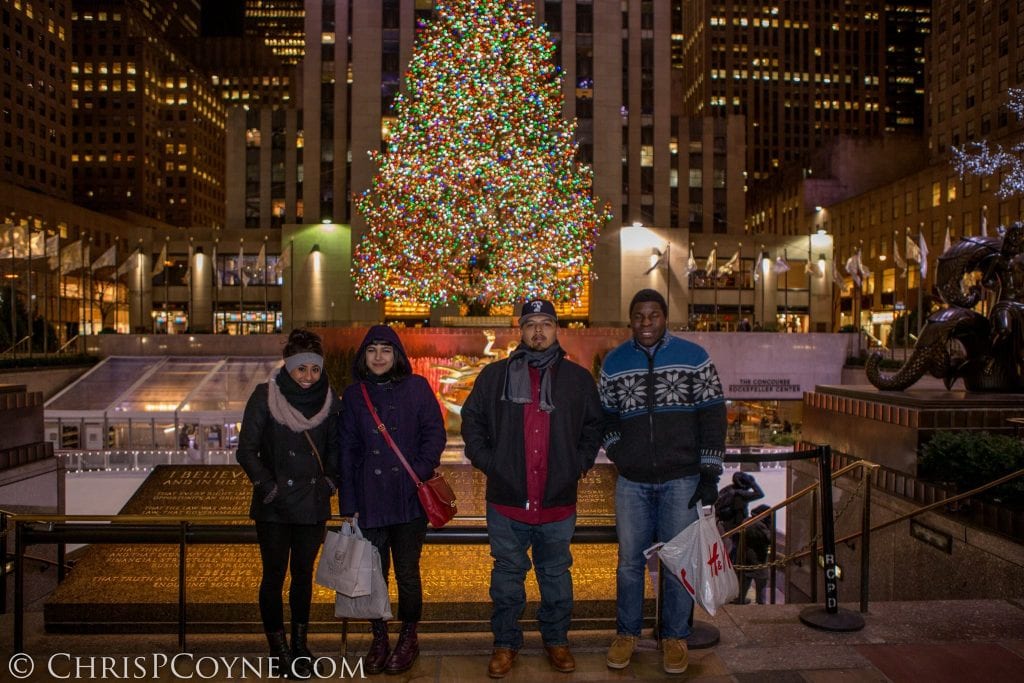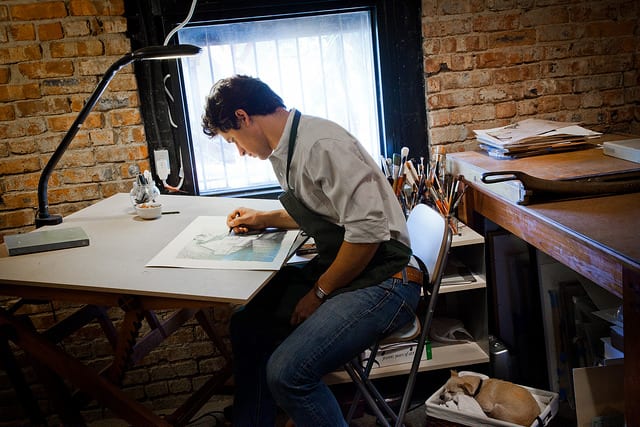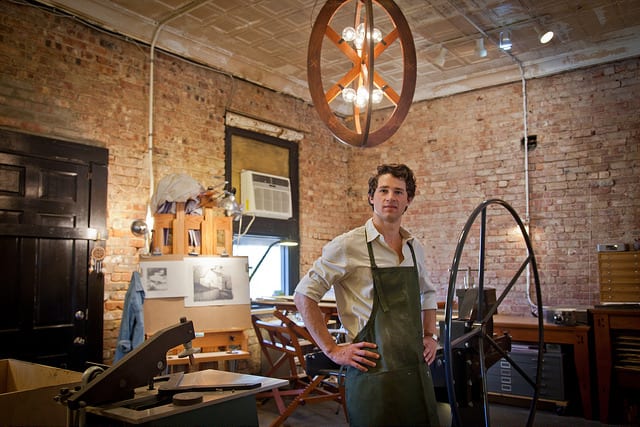Meadows Prize Winner New Cities, Future Ruins, a curatorial initiative inviting artists, designers and thinkers to reimagine the extreme urbanism of America’s Western Sun Belt, has just launched an expanded website. It features the first details of November’s events in Dallas, including a list of early confirmed participants and links to register.
The convening will run November 11-14, 2016. This hybrid conference and festival will be open to the public, feature artists’ projects, bus tours, and events throughout the city, as well as talks, roundtable discussions, screenings, and workshops. Confirmed participants include Noura Al-Sayeh, Roberto Bedoya, Mary Ellen Carroll, Teddy Cruz and Fonna Forman, Naima J. Keith, OtherOthers, Postcommodity, Andrew Ross, Elizabeth Tandy Shermer and Imre Szeman, with a larger list and full schedule to be announced later this summer.
You can find out more about each participant, a formative schedule for the convening, and a curatorial statement on the expanded site.
| Register for the Convening | Meet the Partners |
More About New Cities, Future Ruins
New Cities, Future Ruins will engage the cities of the Western Sun Belt as arenas for pioneering art and design. The region, stretching from Houston to Denver and from Phoenix to San Diego, is home to some of the fastest-growing cities in the country, symbols of opportunity and entrepreneurialism, historic cradles of free market capitalism. Their path, however, may be unsustainable: located in delicate ecosystems, the unprecedented growth of these cities is marked by sprawl and resource overuse, dramatic demographic shifts and struggles over immigration. Some of the most pressing questions of our moment – questions of whether current ways of life can or should persist environmentally, economically and socially – are in few places as clear or as compelling as in these Western Sun Belt cities. Suburban in texture, these new cities are twenty-first century spaces that resist creative traditions inherited from the industrial city. Bringing critical and innovative art and design practice from around the world to bear on this urban landscape, the initiative seeks to foster visionary thought and artistic experimentation at these urgent sites, places that both embody and illuminate global crises of rapid urbanization.
Follow NCFR and help spread the word: Instagram: @newcitiesfutureruins, Twitter: @newcitiesfuture, Facebook: New Cities Future Ruins
